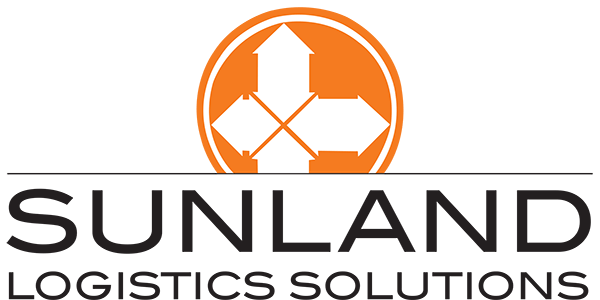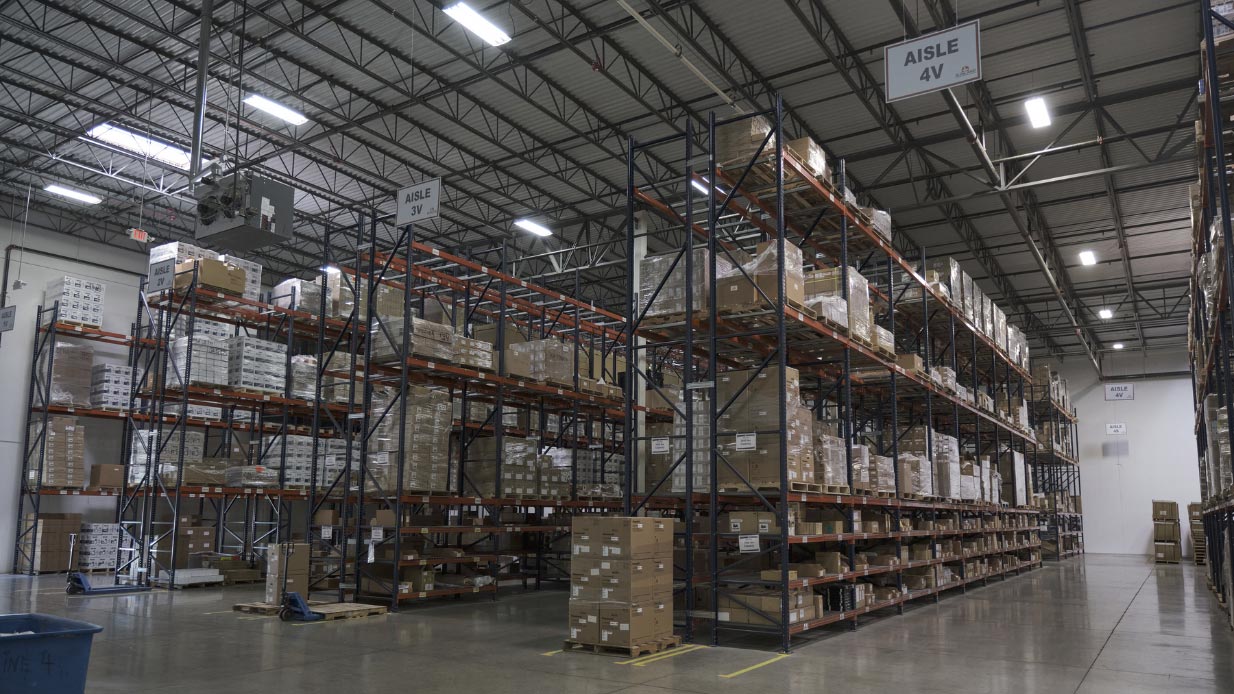Warehouse logistics is a constant effort to optimize and streamline operations. However, mastering them can provide the ability to reduce costs, increase efficiency, and maintain more accurate inventory levels.
Whenever organizations want to introduce new logistics processes, safety must be the top priority. After addressing potential safety issues, the focus can then shift to optimizing storing, picking, team member productivity, shipping, and receiving.
Safety
Warehouse workers use forklifts, pallet jacks, and other mechanical equipment to perform their duties. Although these tools are helpful, they also have the potential to cause serious injuries. To reduce the risk of accidents and keep potential workers’ compensation costs as low as possible, always keep safety top of mind.
The Gemba walk, an important aspect of Lean methodologies, provides increased control over warehouse safety. In essence, it involves walking through the warehouse and engaging with as many team members as possible. In addition to observing team members, special emphasis should be placed on asking about their tasks and identifying potential process improvements.
For every Gemba walk, it’s important to use a checklist based on OSHA standards. For example, when assessing pedestrian safety, look for the following:
- Are all exits clearly marked?
- Is there a clear path to each emergency exit?
- Do entranceways and exits avoid docks and heavy equipment traffic?
- Can team members open emergency doors without using keys or tools?
- Are exterior exits covered to prevent accidents associated with the accumulation of snow or rainwater?
- Do exits lead directly to streets, walkways, or open spaces?
Safe material handling is also an important consideration. To protect workers, make sure there are dedicated routes for forklifts, pick carts, and other vehicles. Each route should be marked with appropriate signage. Aisles and docks also need to be large enough to accommodate equipment without forcing team members to engage in unsafe practices.
Inventory and Order Accuracy
Staging areas are vital to the efficient operation of almost any warehouse. A large part of optimization efforts should include setting up staging areas for shipping and receiving. Each staging area should meet the following criteria:
- Labeled with overhead signage
- Established in a logical sequence
- Made easy to scan
- Added to the warehouse management software (WMS)
Increased warehouse efficiency begins with accurate labeling and logical sequencing. This can be achieved by ensuring that labels are clearly visible and easy to scan. Additionally, larger facilities can benefit from the use of dividers to create separate zones.
While SKUs can make it easier to find items, they work best with efficient organization. Consider segregating them to make it easier to accurately fill orders and keep track of inventory. If possible, create separate spaces for single SKUs and avoid storing similar SKUs next to each other.
Moreover, some items should never be stored next to each other. For example, chlorine should never be stored near turpentine or benzene.
Inbound and Outbound Deliveries
Warehouse workers must manage both inbound and outbound deliveries. Therefore, it’s essential to optimize shipping and receiving processes accordingly. Efficient processes enhance safety, reduce the risk of errors, and make it easier for team members to do their jobs.
One way to improve these processes is to use staging lanes and properly sized dock doors to control the flow of goods. It’s also helpful to have dedicated space for containers or trailers. To create a plan that works for specific needs, be sure to consider how many truckloads arrive each day and how long it takes workers to unload each trailer.
If the plan is to store inbound deliveries, be mindful of these constraints:
- Warehouse dimensions, including ceiling clear height
- Existing equipment that can’t be moved to accommodate deliveries (e.g. workstations)
- HVAC systems
- Access points
- Electrical cabinets
- Fire hoses
Workers also need plenty of room to process shipments. A lack of space increases the risk of damaged goods and workplace injuries, both of which can increase costs and damage a company’s reputation. Be sure to equip team members with the right material-handling equipment for the task. Using the wrong equipment reduces efficiency and increases the risk of accidents.
Productivity
When assessing warehouse productivity, consider material flow and picking efficiency.
Material Flow
A U-shaped layout is best to avoid bottlenecks, as it gives team members plenty of room for staging, shipping, receiving, and storage. U-shaped layouts also reduce the risk that workers will mix up incoming and outgoing goods.
An I-shaped layout is ideal when working with a limited amount of warehouse space. With this layout, items move in a straight line from one activity to the next. Having such a long structure also eliminates the need to rent or buy additional warehouse space, making an I-shaped layout extremely cost-effective.
Whether opting for a U-shaped or an I-shaped layout, it’s important to avoid putting popular SKUs in the same aisle. By doing so, workers will be running into each other trying to pick and pack orders. To increase efficiency and enhance safety, use different aisles for top selling SKUs.
Picking Efficiency
When updating warehouse plans, think about how different handling units affect needs. For example, dealing with eaches requires workers to be able to pick multiple items quickly.
The approach should be different when dealing with cartons or pallets, as they require different picking tactics. For example, when dealing with high SKU counts, organization will differ from low SKU counts.
Maximize Warehouse Operations Through Strategic Logistics
As a logistics professional, safety and efficiency are top priorities. Begin by ensuring the warehouse is safe for workers, then move onto optimizing storing, picking, shipping, and receiving processes. Implement these actions to increase efficiency, reduce waste, and maintain more control over inventory.
Learn how Sunland Logistics Solutions can help you manage your warehouse logistics.








